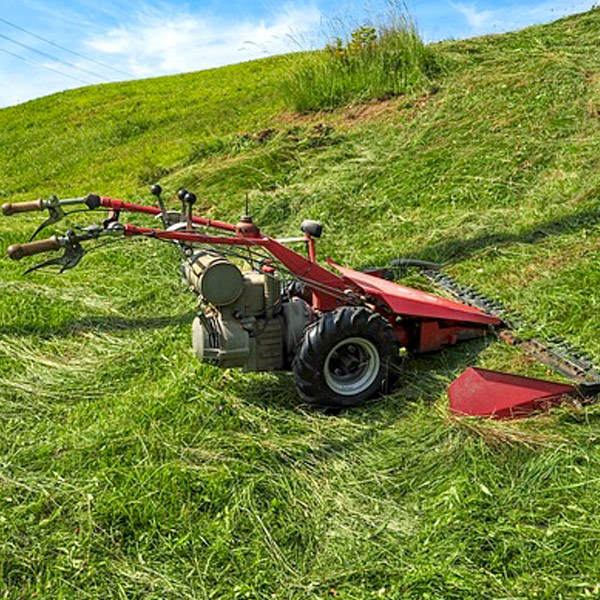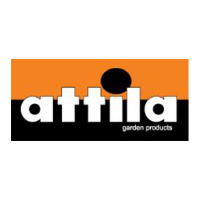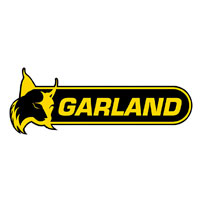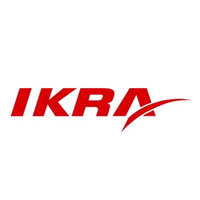

Hyundai 65830
Petrol lawnmower 224 cc
7 HP - 224 cc
Tractioned - Mulching
The appearance of the grass in your lawn gains beauty when it is well-maintained, healthy, green, and lush. The lawn mower is an essential tool for keeping the green area of your garden in a neat and tidy state. Thanks to the rotating action of one or more blades, the mower ensures a precise and even cut across the entire surface of the lawn.
To cut tall grass, or in cases where vegetation is denser than usual—where a regular lawn mower may not be sufficient—consider purchasing a brush cutter.
For more demanding lawns to maintain and clear, the best choice might be a brush chipper, which is effective at reducing branches and thick undergrowth into small pieces, albeit less precisely and more coarsely. Additionally, it can navigate areas where a standard lawn mower would struggle or stop.
In this buying guide for lawn mowers, we present the key features to know and evaluate before purchasing your mower.
Among the different types of lawn mowers available on the market are:

After choosing the mower type, another question determines cost and model: Do you need a push mower or a self-propelled one?
In summary, choosing between push and self-propelled depends on:
Wheels matter too: ball-bearing wheels improve maneuverability, while larger rear wheels enhance stability on uneven terrain.

Traction transfers engine power to the wheels, enabling efficient movement. Key types:

Before buying, consider:

Mulching finely chops grass clippings and disperses them as natural fertilizer. Reduces waste and improves lawn health. Some mowers offer both mulching and bagging.

Evaluate capacity (≥50L for medium gardens) and material:
Some feature fill-level indicators or foldable designs for storage.

Key options:

A powerful cutting tool for dense vegetation, slopes, or uneven terrain where mowers fail. Operates via:

A agricultural machine that shreds branches/brush into chips for decomposition. Benefits:
Features:


























